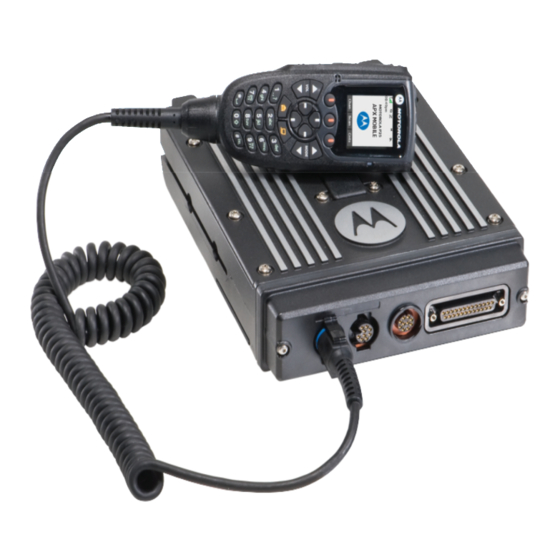
Motorola APX MOBILE O3 CONTROL HEAD Manuals
Manuals and User Guides for Motorola APX MOBILE O3 CONTROL HEAD. We have 1 Motorola APX MOBILE O3 CONTROL HEAD manual available for free PDF download: User Manual
Motorola APX MOBILE O3 CONTROL HEAD User Manual (160 pages)
Brand: Motorola
|
Category: 2-way radio
|
Size: 5 MB
Table of Contents
Advertisement
